| Wednesday, November 15, 2023 | |
Electrification & Power Semiconductors |
|
| 12:10 | Welcome Remarks by Session Chair |
Uwe Hansen, VP Power Component Development, Robert Bosch GmbH
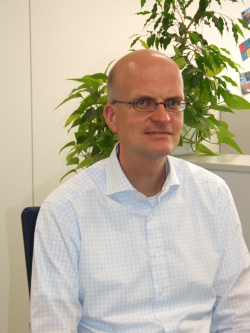
Biography |
|
| 12:15 | The SiC Power Revolution is Ready for High-Volume Car Manufacturing |
Manuel Gärtner, Director, STMicroelectronics The SiC Power Revolution is Ready for High-Volume Car Manufacturing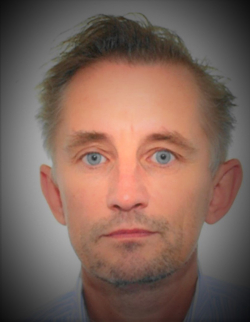
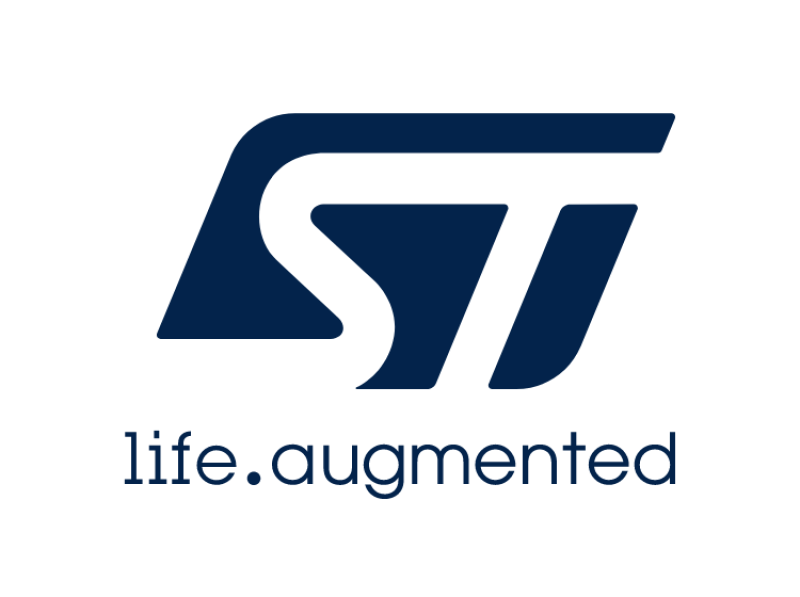 Abstract Biography |
|
| 12:35 | Paving the Road to Electrification - Approaches to Silicon Carbide epitaxy - Materials and Challenges |
Silvio Preti, Global Product Manager SiC, ASM International Paving the Road to Electrification - Approaches to Silicon Carbide epitaxy - Materials and Challenges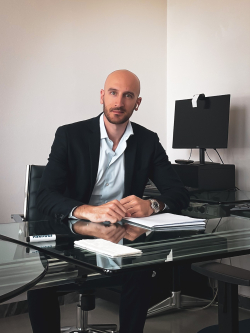
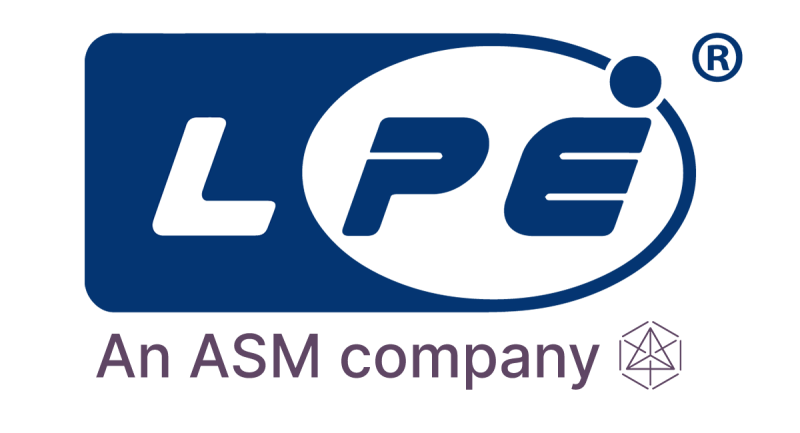 Abstract Biography |
|
| 12:55 | Radiation Hardness of SiC TrenchMOS Devices for Automotive Applications |
Stephan Schwaiger, Automotive Electronics, Robert Bosch GmbH Radiation Hardness of SiC TrenchMOS Devices for Automotive Applications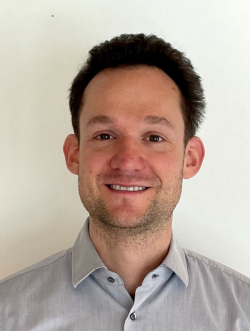
 Abstract Biography |
|
| 13:15 | Reserved |
| 13:35 | Key Takeaways by Session Chair |
Uwe Hansen, VP Power Component Development, Robert Bosch GmbH

Biography |
|